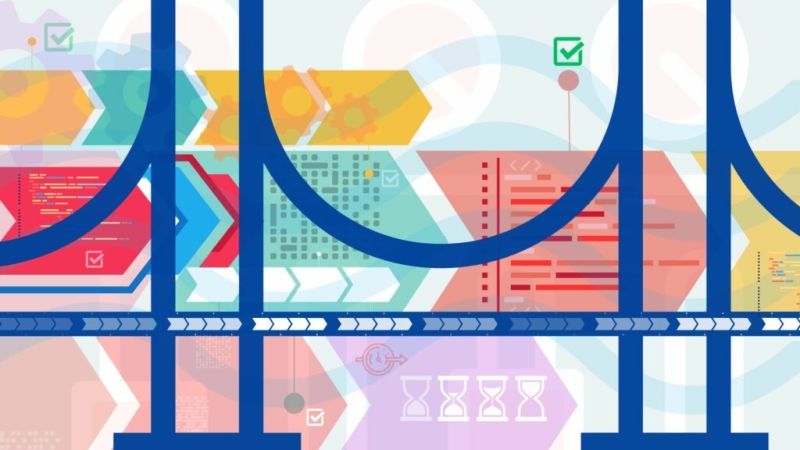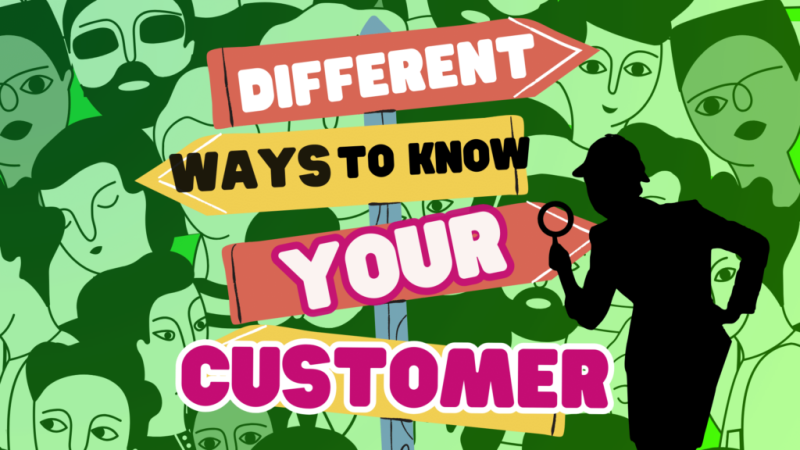While working with plenty of Scrum Teams and teaching Professional Scrum Product Owner classes, I observed a similar anti-pattern regarding Product Owners, which resembles anti-patterns of Scrum Masters who are not empowered.
Through many years of my professional collaboration with companies, I have rarely seen Product Owners who could wholly fulfill their role.
The problem is in common misunderstanding the role itself, the empirical framework of Scrum and complexity (and perhaps more). At the moment of Agile transformation, people’s job titles are renamed to Product Owner from business analysts, project managers, product managers, etc. Usually, the old responsibilities remain the same. Also, they receive Product Backlog management as new accountability. In reality, it means to write up and describe all upcoming items in the Product Backlog for the Development Team. Many of these people complain that they are unable to make any decisions, do not have a budget or budgeting strategy, have no impact on value delivered, make no decisions regarding releasing or validating Increments to the market, generally working as a proxy from real decision-makers (can be a lot of them). They are forced to be user story writers for Development Teams. Also, Product Owners are very often “owners” of projects, features or sets of functionalities.
This approach ends up with people frustrated, lack of consistent value delivery and lack of continuous learning. The expectations are set upfront or there is no chance to incorporate feedback from previous Sprints due to lack of empowerment to make decisions, all decisions are made by someone else.
Another anti-pattern is an inability to communicate with important stakeholders like marketing, sales, legal and finally with users or customers. There are so many levels in the hierarchy to reach the right people to know more about for whom we develop the solution. Or what customers’ needs we try to satisfy.
What value can bring a such Product Owner to the customers, users, product, and organization?
Product Owners starts sometimes as “scribes” or “proxies”. At just the beginning of the Product Ownership journey is perfectly fine, moving towards “entrepreneurship” mode. Although more often than not they stay in a “scribe” mode for a long time.
For the customers, the role, enacting in that way, is blurred. Customers usually talk with sales, top management, sometimes with product or project managers. They may have no clue what the Product Owner all about.
The proxy/scribe Product Owner has a low impact on product and value optimization. The role fulfills stakeholders’ desires and orders, deciding what to put into the Product Backlog and spends days on perfect description items for the Development Teams instead of collaborating with stakeholders, estimating value, and making important decisions reflected in the Product Backlog order.
For the organization, the decision-making process regarding the product is usually scattered for many roles in the organization, and the huge number of projects. That limited allowance for making decisions may result in diffused responsibility, lack of ownership, lack of consistent value delivery, competing requirements, unnecessary dependencies, lower quality, etc.
For what should we strive for?
A Product Owner is responsible for value optimization and managing the Product Backlog. We should strive for Product Owners who have a vision, business strategy, manage stakeholders, collaborate with customers, validate a product to the market and adapt the Product Backlog based on feedback and current business conditions.
This is one person accountable, not a committee.
For the Product Owner to succeed, the entire organization must respect his or her decisions
A quotation from the Scrum Guide
How can the organization help empower the Product Owner role? Some ideas:
- Whole organization. Understanding complexity and empiricism is crucial. In a complex environment, the only way to operate is through an empirical approach. Based on experience and data we can make decisions. We can learn quickly. Empiricism is reflected in transparency, inspection, and adaptation.
- C-level. In the top management’s interest, it would be valuable to get out of most of the product, so validation and value. Wouldn’t it be? Transparency, clear reasonable product decisions based on data (measures), strategy, vision – smart, empowered Product Owners can bring it all.
- Product Owners.
- Strive for your empowerment.
- Work with customers/users and stakeholders.
- Show how can you bring value to a product and organization. You have the last word on the Product Backlog order.
- Present your vision and business strategy.
- Use an empirical approach. Be adaptive.
- Use Evidence-Based Management measures to prove that your decisions are based on facts.
- Share your knowledge and experience with other Product Owners.
- Ask your Scrum Master for removing impediments that may hold your value delivery, Development Team’s flow, Agility, etc.
- Show interest in the relationship with other departments relevant to your product.
- Scrum Masters. Help Product Owners with tools (like vision templates, business strategy canvas, value optimization, etc.), remove impediments, work with the entire organization, teach the importance of product ownership and business agility. Spread Professional Scrum in the work environment.
- Development Teams. Encourage your Product Owner to be engaged in product development on a broader level. Strive for the feedback from your customers (internal or external). Take part in data gathering (like interviews with customers).
- Managers. Help Product Owners in terms of sharing benefits and good examples with top management. Help Scrum Masters removing impediments that are blocking Product Owners.


